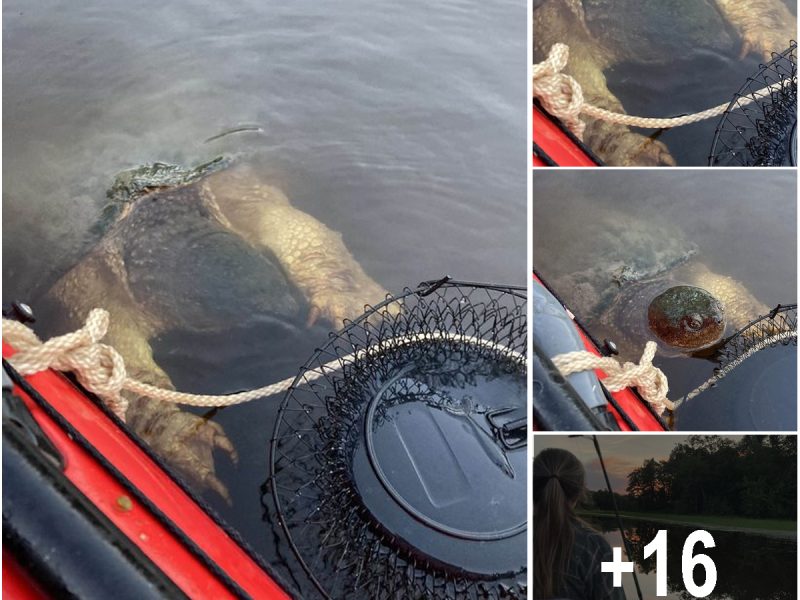This incredible alpine shelter on Monte Cristallo, Auronzo di Cadore, Italy, was built during World War I at a height of 2760 meters.
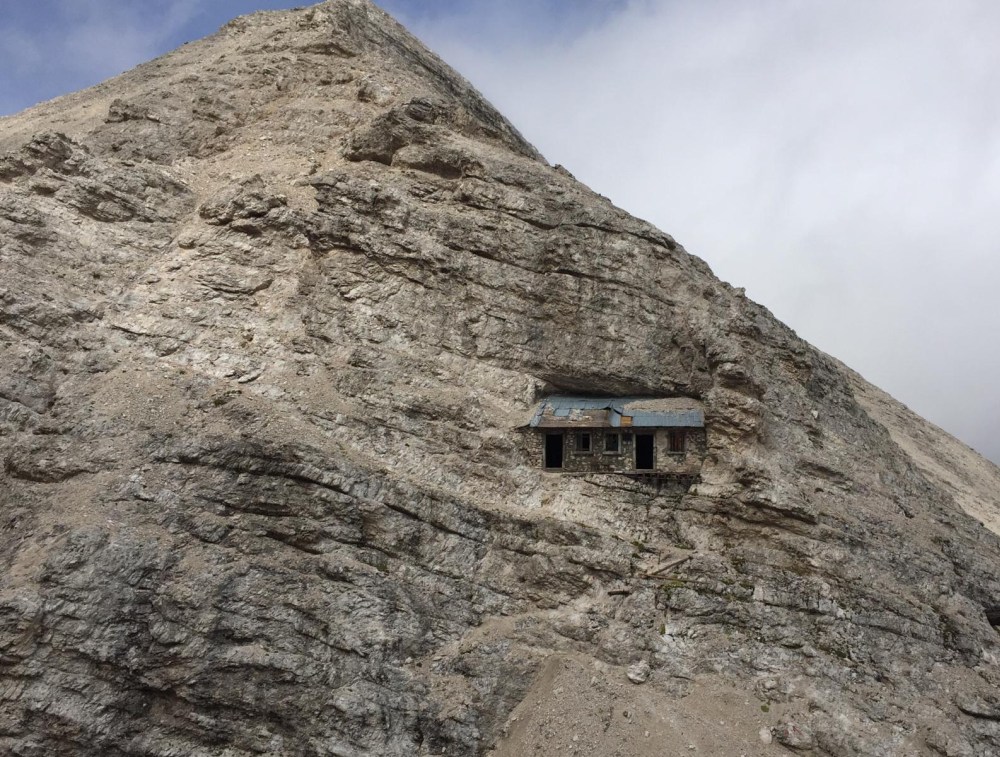
Photo: luzinthesky
Located in the Italian Dolomites, Monte Cristallo is a long, indented ridge with four summits higher than 3,000 metres. Today, the mountain range is part of the “Natural Park of the Ampezzo Dolomites,” but back during WWI it was a scene of intense warfare between Italy and Austria-Hungary.
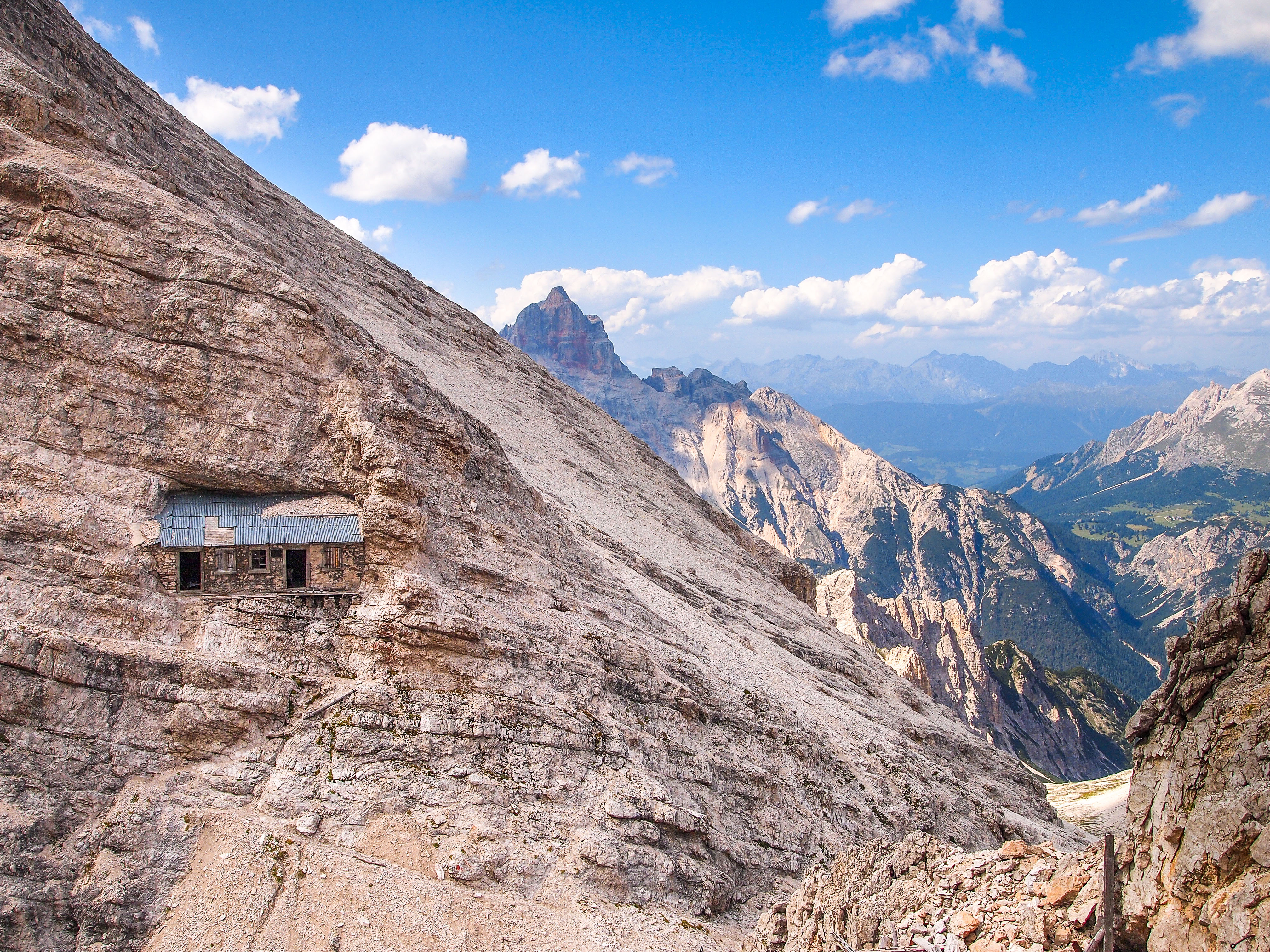
The warring sides installed heavy artillery, built tunnels under each other’s positions and blew the tops off of mountains to trigger avalanches resulting in thousands of deaths. Today, you can hike through the galleries they mined through the rock. It’s equally amazing and terrifying.
The armies also built many bunkers and shelters like the one depicted here. Judging by their history and unique location in the almost vertical cliff, this building will definitely survive the armageddon.
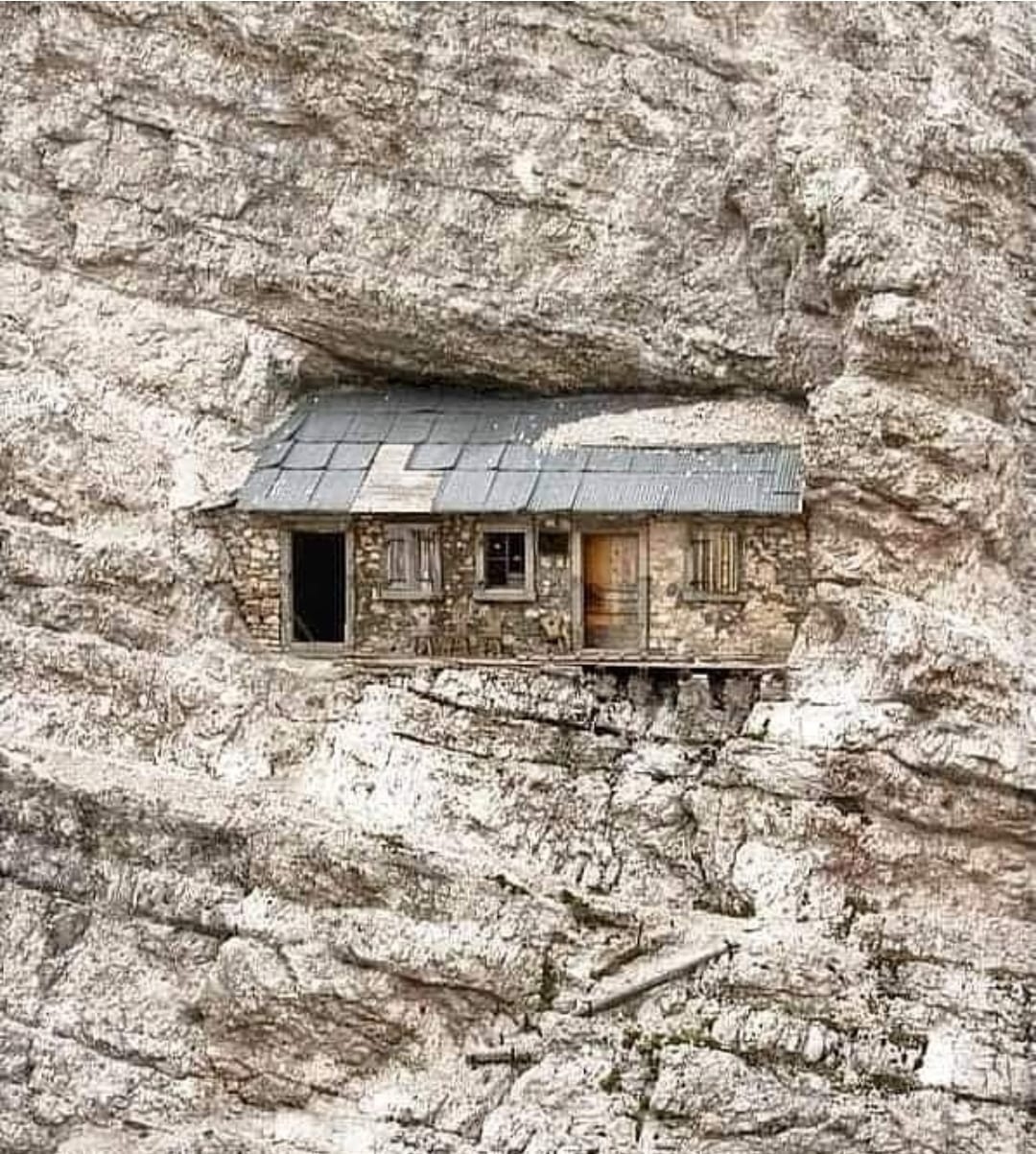
Source
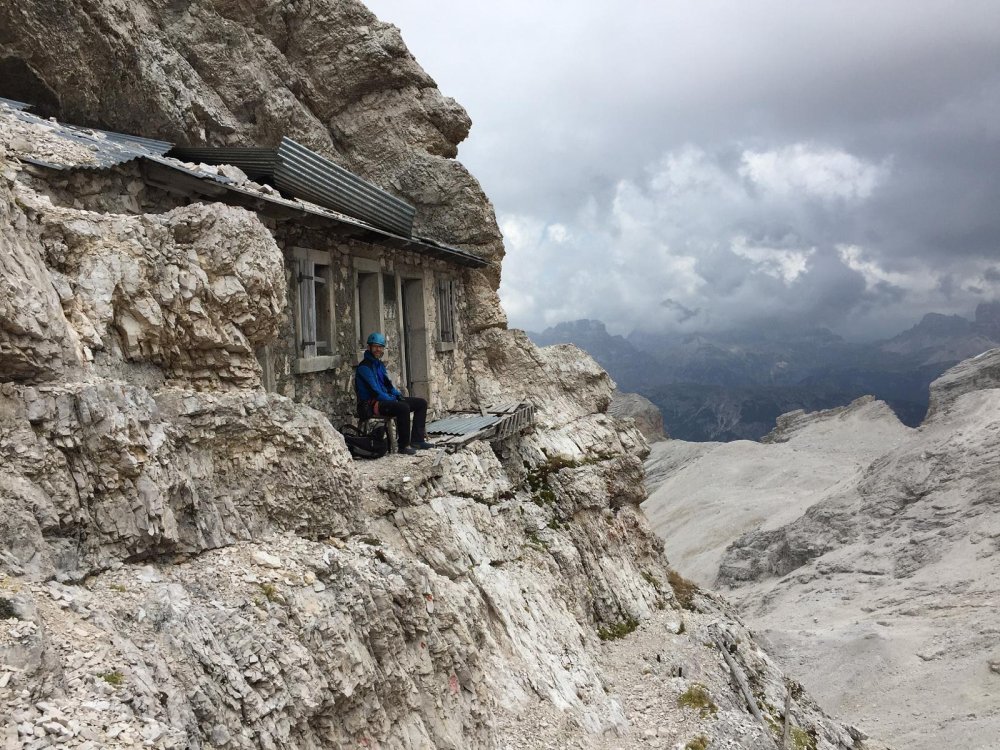
Photo: luzinthesky
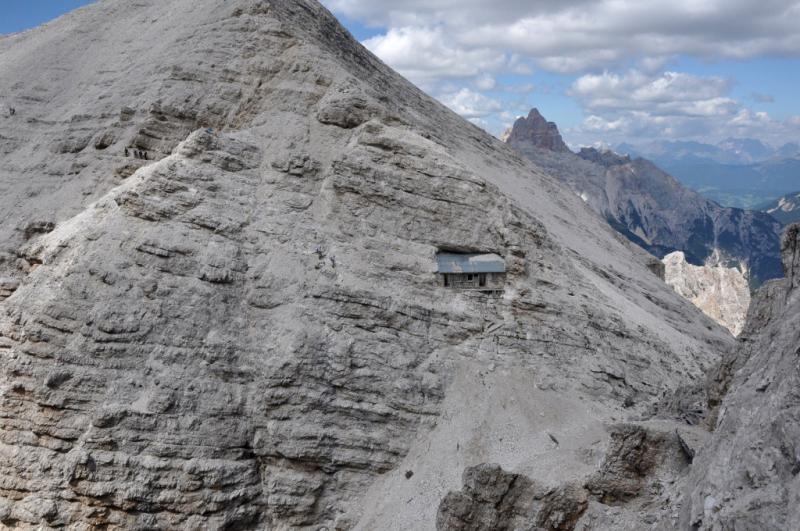
Photo: Gianca
The Dolomites are a massive mountain range in the Italian Alps in northeastern Italy, stretching across the regions of Trentino-Alto Adige, Veneto, and Friuli Venezia Giulia.
Declared a UNESCO World Heritage Site in 2009, the Italian Dolomites cover a total area of 141,903 hectares and are without question one of the most dramatic alpine destinations in the world. The visitor is captivated by the sheer cliffs, vertical walls, craggy pinnacles, karst plateaus, idyllic valleys, and alpine pastures that define the unique landscape.
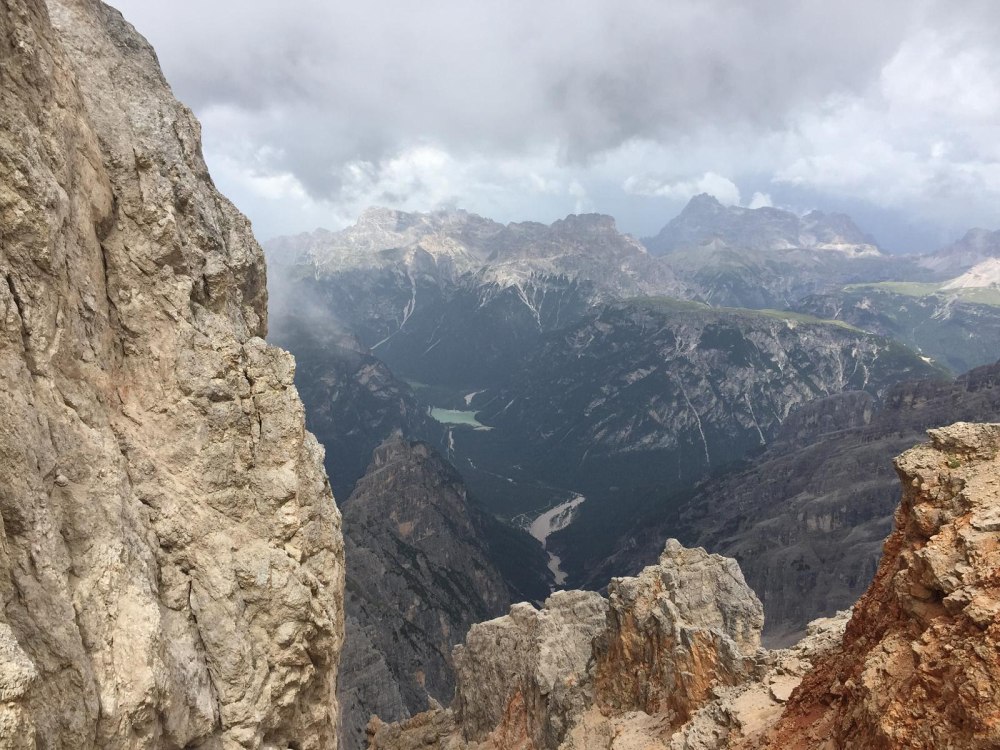
Photo: luzinthesky
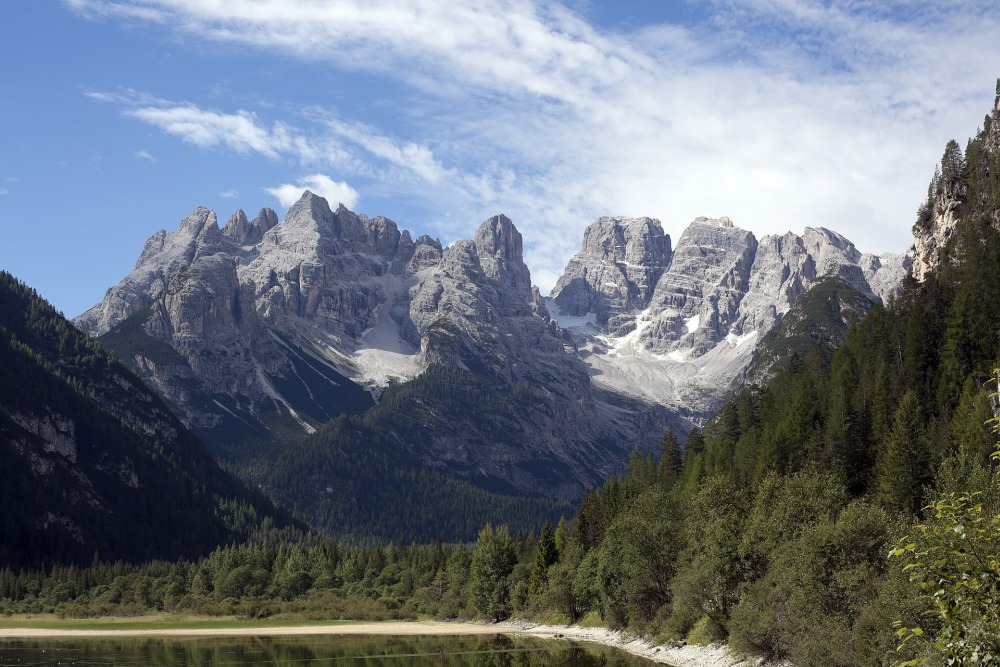
Photo: Metallaro1980
Not surprisingly, the place is a popular tourist destination with two excellent “via ferratas”. Italian for “iron path”, a via ferrata is a protected climbing route found in the Alps and certain other locations.
Via ferratas employ steel cables, rungs or ladders that are fixed to the rock. Climbers affix a harness with two leashes, which allows the them to secure themselves to the metal fixture and limit any fall. The cable and other fixtures, such as iron rungs (stemples), pegs, carved steps, and bridges and ladders, provide both footings and handholds, as well. In this way, hikers can clim on otherwise dangerous routes without the risks of unprotected scrambling and climbing or the need for technical climbing equipment. These routes give the masses an opportunity to access difficult peaks as an alternative to rock climbing and mountaineering, both of which require higher skills and more specialized equipment.
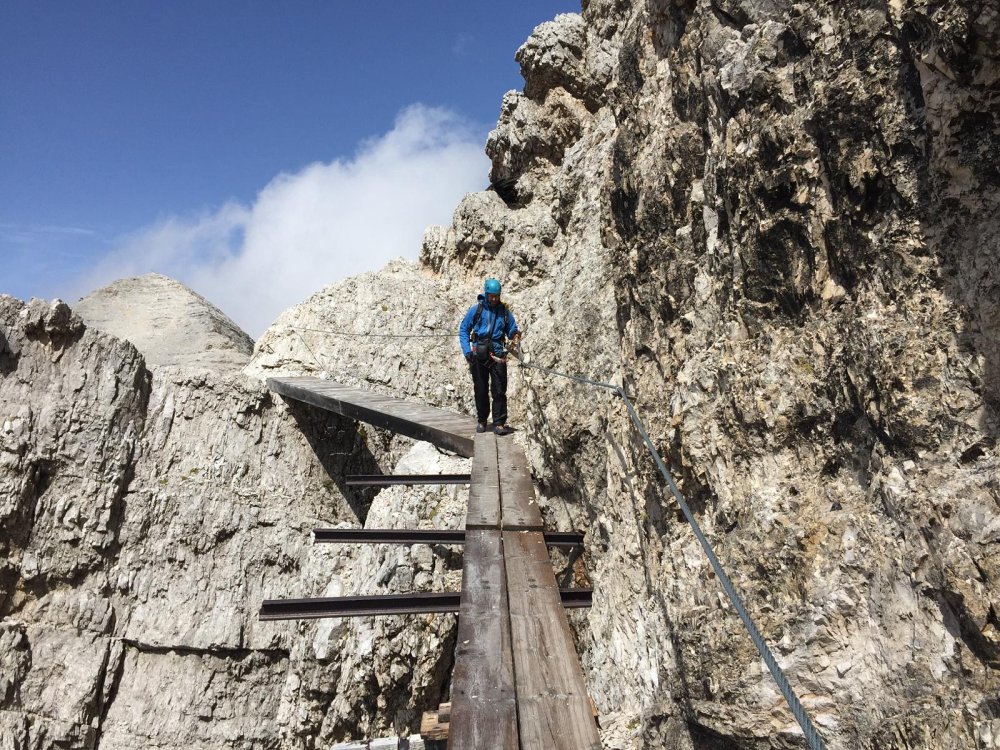
Photo: luzinthesky
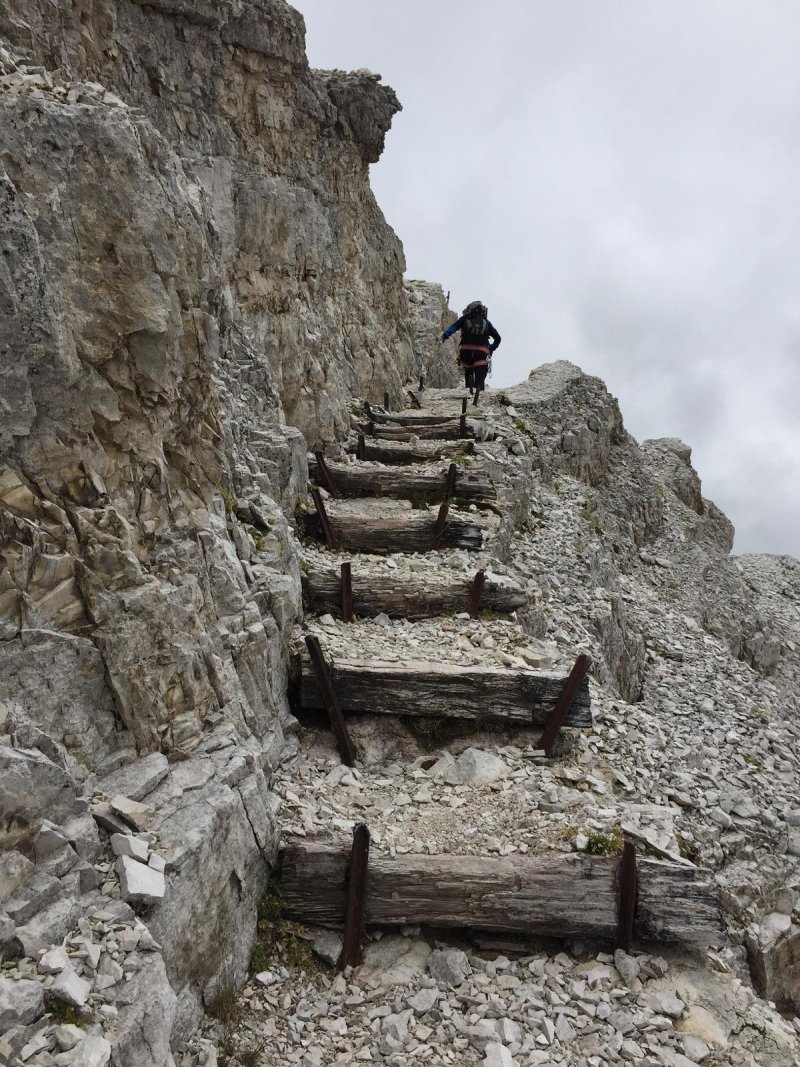
Photo: luzinthesky
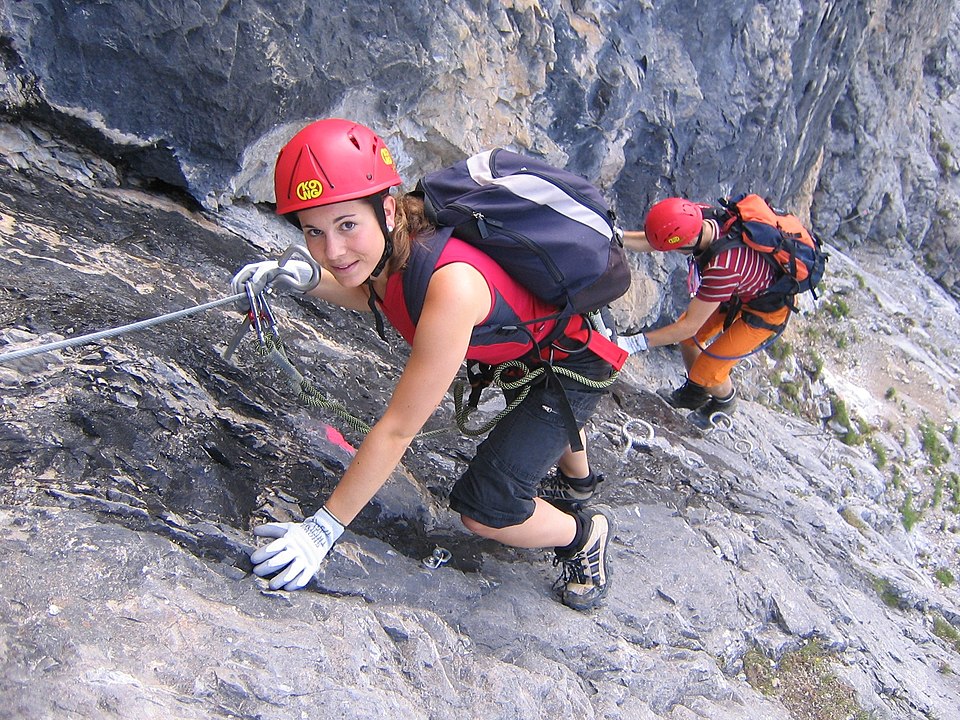
Photo: Savognin Tourismus
Along the routes, you can find many mementos of WWI, including other shelters at incredible places.
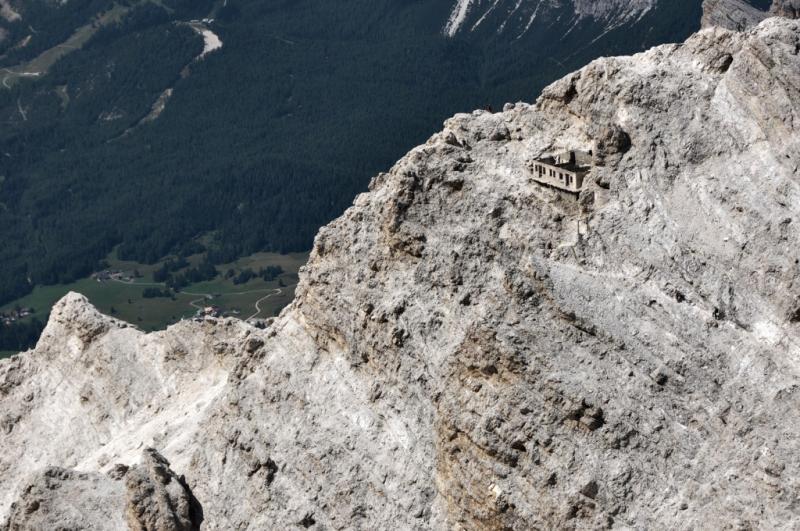
Photo: Gianca
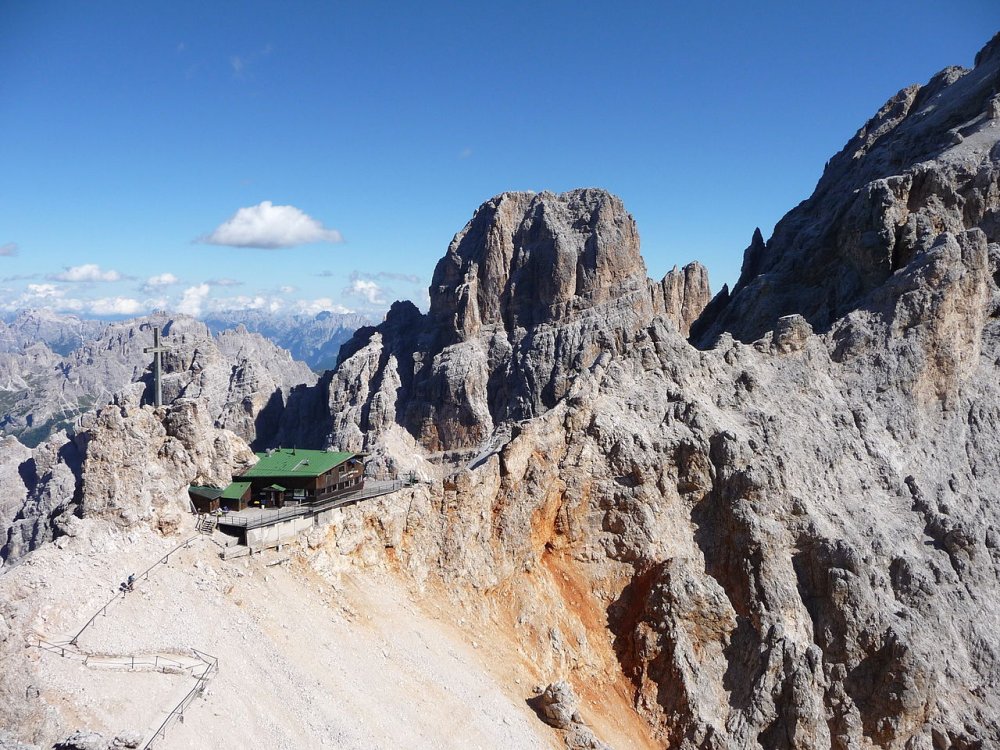
Photo: Morscht
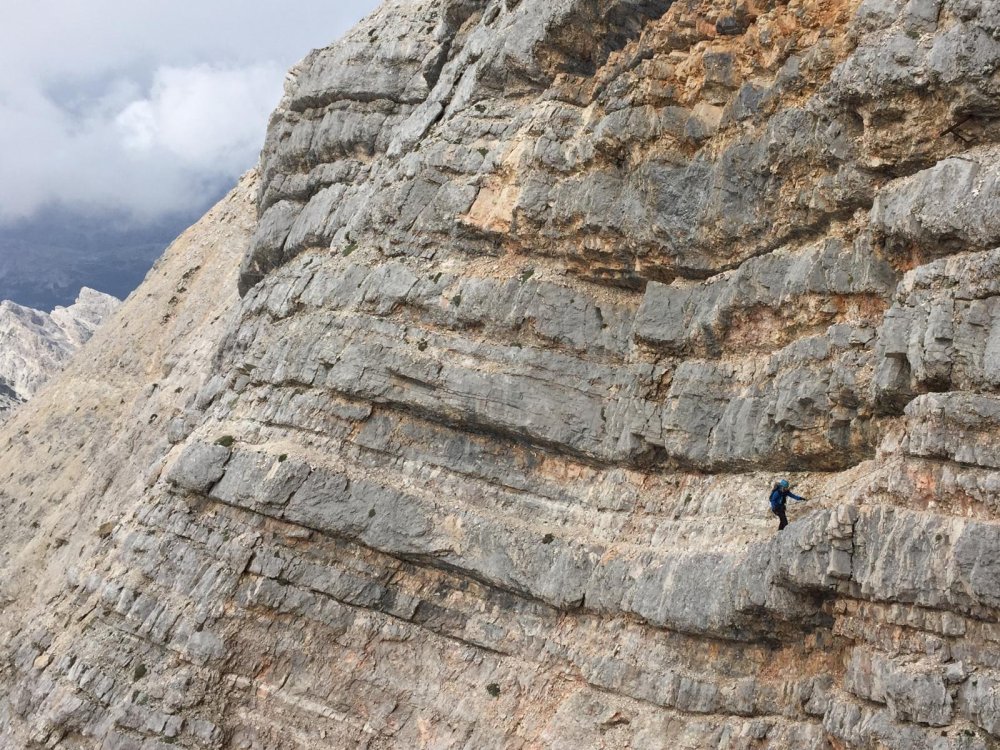
Photo: luzinthesky

